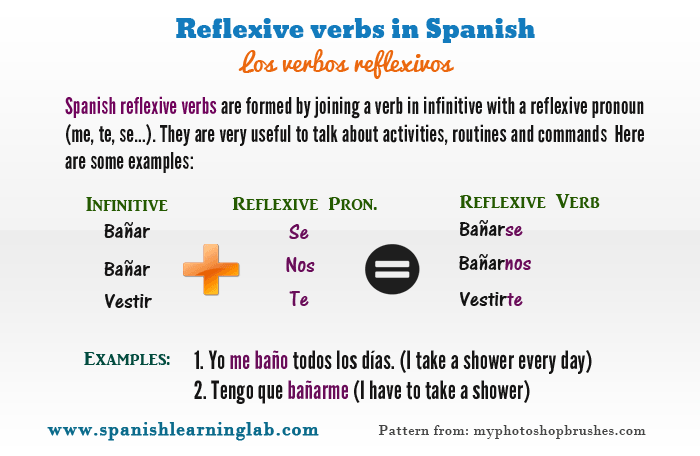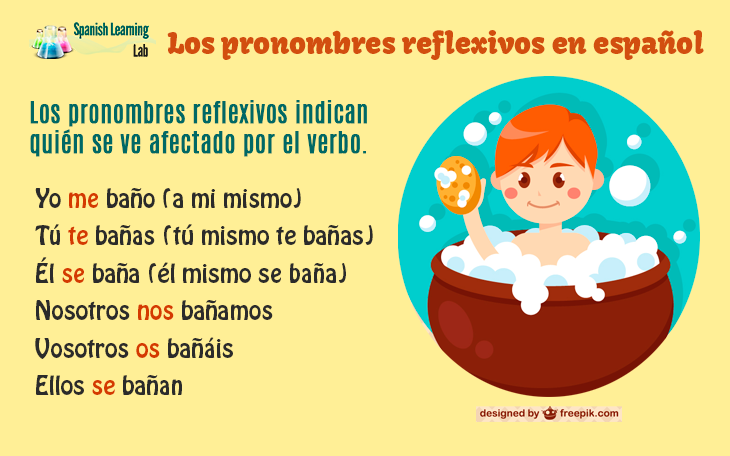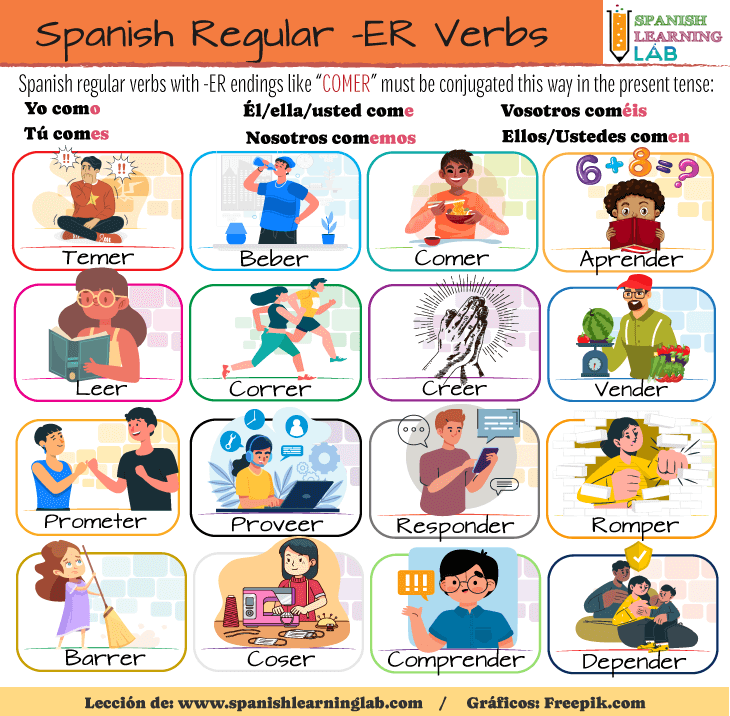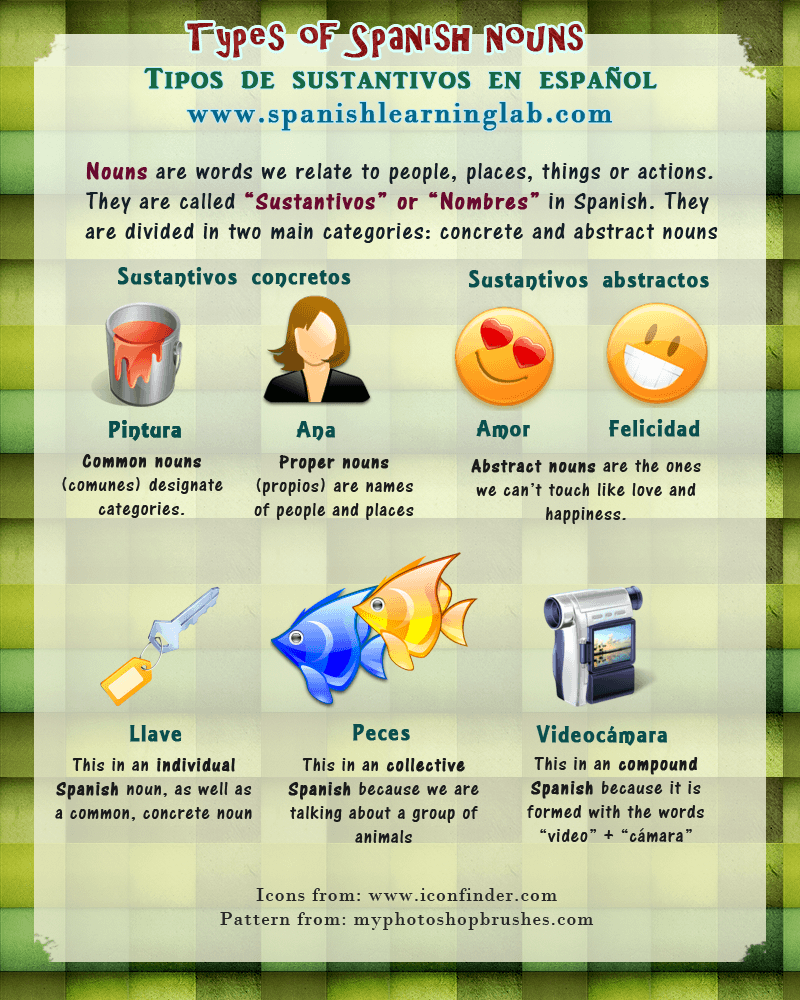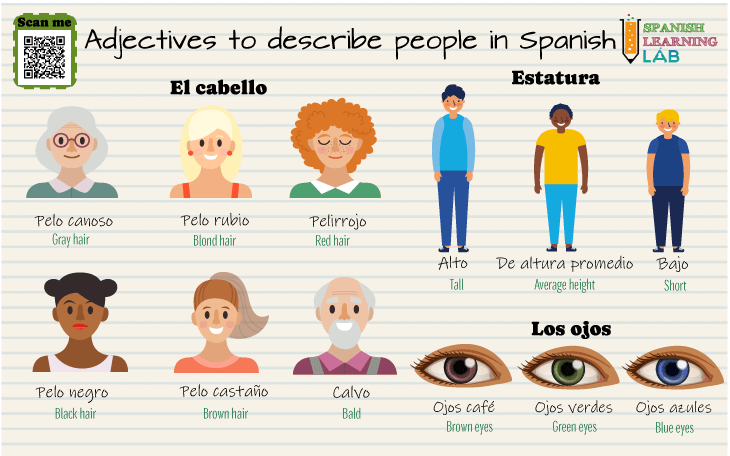Counting Spanish Numbers 1-20: List, Sentences and Practice
The way we write and pronounce numbers is quite different from English, but they are still as important to give or get some personal information. In this lesson, we will learn how to spell and pronounce Spanish numbers 1-20, “los números del uno al veinte”. You will find a complete list with these numbers as well as […]
Counting Spanish Numbers 1-20: List, Sentences and Practice Read More »


